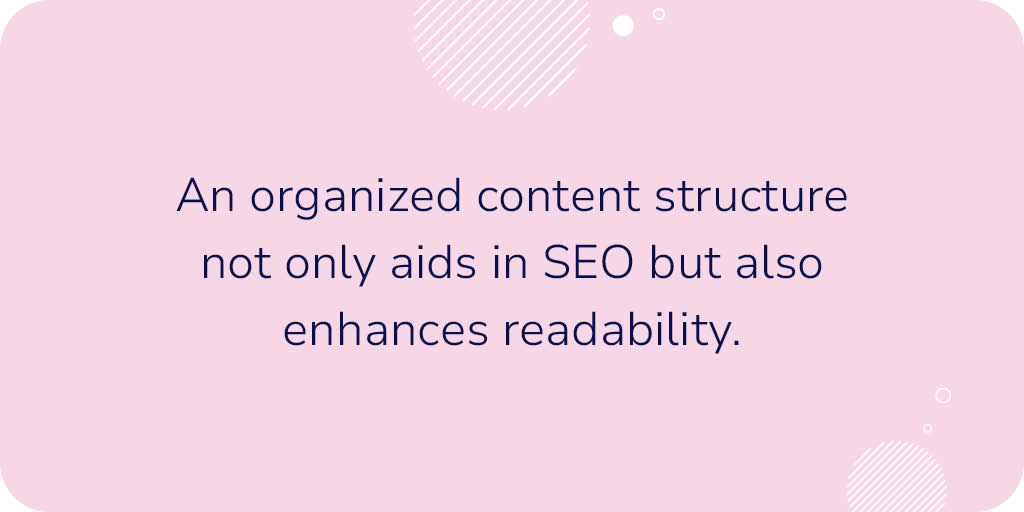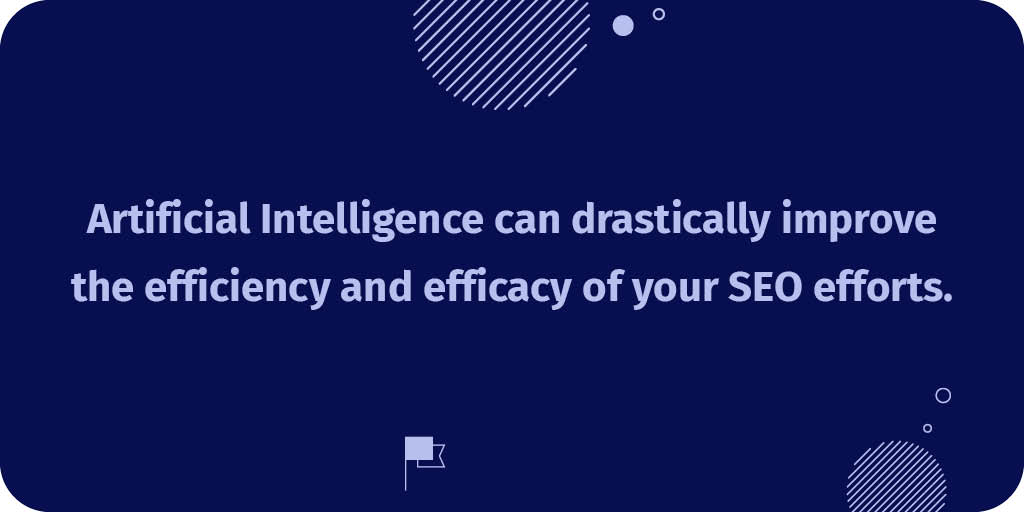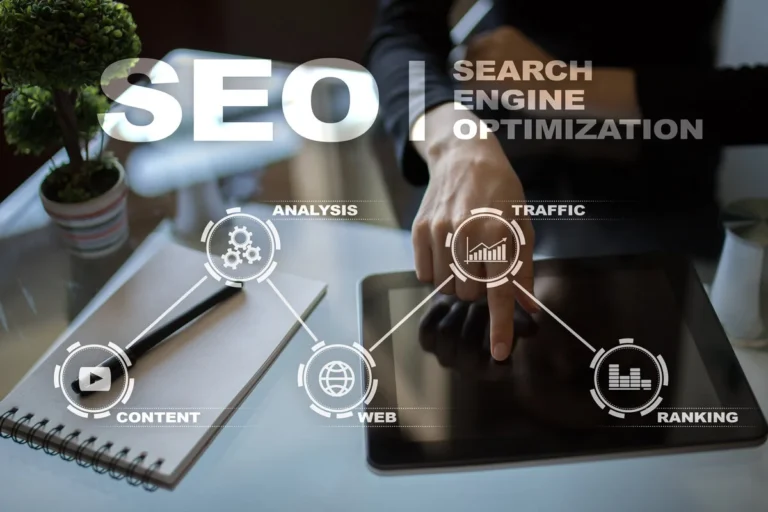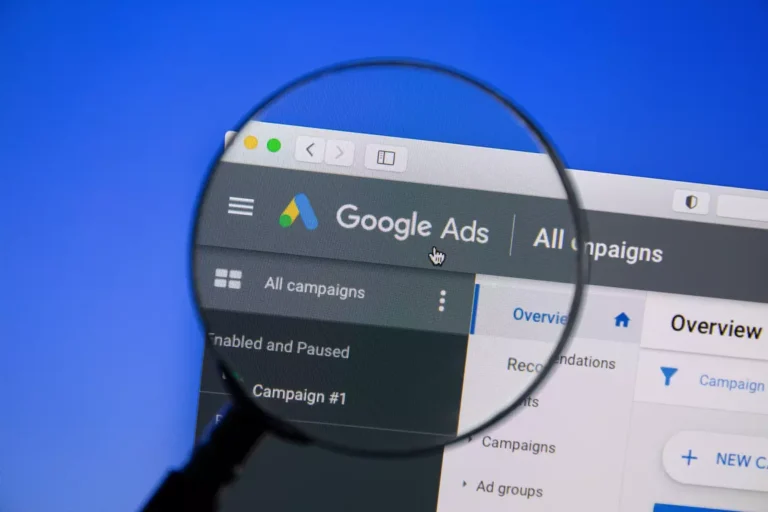How Do I Write SEO Enabled Content?
Understanding Target Audience and Intent
Before you dive into SEO content writing for beginners, it’s crucial to understand your target audience and their intent. Knowing who your readers are helps tailor your content to meet their needs and answer their queries. Identifying the target keyword is essential to ensure your content aligns with user intent and ranks well in search engines. Start by creating customer personas that capture key demographics and psychographics. These personas guide you in producing content that speaks directly to your audience’s interests and challenges.
User intent is another essential element. Ask yourself: why is someone searching for this topic? Are they looking to make a purchase, seeking information, or comparing options? By aligning your content with user intent, you improve the likelihood of engaging visitors and driving desired actions. Tools such as Google Analytics and search intent analysis platforms can provide insight into what your audience is looking for.
Conducting Keyword Research and Placement
How to write SEO-friendly content involves thorough keyword research and identifying phrases that your target audience uses in their searches. Identifying target keywords is crucial as it helps in meeting search algorithms’ requirements and covering the content comprehensively. Utilize tools like Google Keyword Planner or SEMrush to find relevant keywords and analyze their search volume and competitiveness. A well-crafted meta description can significantly enhance organic click-through rates by enticing users to click on search results. Once you’ve identified these keywords, strategically place them in your content where they feel natural, including in titles, meta descriptions, headers, and throughout the body content.
Remember, overstuffing your article with keywords can harm readability and lead to penalties from search engines. Prioritize the reader’s experience by integrating keywords naturally and maintaining the flow of your narrative.
Optimizing Content Structure with Headers and Subheaders
An organized content structure not only aids in SEO but also enhances readability. Title tags are a crucial element in optimizing web content for search engines. Use headers and subheaders (H2, H3, etc.) to break up your content into digestible sections. This not only signals search engines about the structure of your article but also makes it easier for users to navigate. A well-structured article can significantly improve search engine rankings.
These headers should include keywords or variations of them, which can provide additional context to search engines and improve your article’s chances of ranking higher. Furthermore, a clear structure helps in featuring your content in featured snippets, thus improving your visibility.

Ensuring Readability and Natural Flow
Readability is as crucial as keyword optimization in SEO content writing for beginners. Improving readability can significantly boost organic traffic by making your content more accessible and engaging for users. Ensure that your writing style is clear, concise, and easy to follow. Tools like Grammarly or Hemingway Editor can help enhance readability by providing feedback on sentence complexity and readability scores.
Focus on creating a natural flow to your writing that guides the reader smoothly from one point to the next. Transitional phrases and connectors make your content cohesive, enhancing user engagement and increasing the chances of retaining visitors on your page longer.
What Are SEO Content Writing Examples?
Creating SEO content writing examples that stand out and deliver results is essential for businesses aiming to enhance their digital presence. Ranking high on search engine results pages is crucial for attracting organic traffic and improving visibility. A prime example of effective SEO-enabled content is a well-optimized blog post that targets specific high-volume keywords relevant to a brand’s niche. This might include infographics or case studies that align with audience search intentions, offering value and engagement while meeting search engine algorithms’ standards.
Examples of Blog Posts Optimized for Search Engines
Consider a blog focused on ‘sustainable fashion’ that includes targeted keywords like ‘eco-friendly clothing’ or ‘sustainable fashion brands’ spread naturally throughout the content. Incorporating external linking to authoritative sites can significantly enhance the blog’s credibility and SEO ranking. These posts not only include these strategic keywords but also incorporate structured headers and external and internal links, improving the article’s searchability and reader engagement.
Case Studies and Their Impact on SEO
Another potent example is the use of SEO case studies. Case studies provide in-depth insights into how a product or service addresses a particular issue or need. When infused with relevant keywords and optimized for readability, these pieces can significantly enhance organic search visibility and illustrate a brand’s expertise in its domain.
Breaking Down SEO Strategies Used in Successful Articles
Tactics like LSI keywords, meta tags, alt text for images, and user-friendly URL structures are consistently deployed in successful SEO articles. These strategies help search engines understand the content’s relevance and context, thereby improving its ranking potential. Businesses investing time in creating such optimized content not only fortify their digital footprint but also build a reliable resource library that attracts and retains customer loyalty over time.
How Do You Incorporate SEO Into Your Writing?
Incorporating SEO into your writing requires a strategic approach that leverages both technology and best practices. Google Search Console is a valuable tool for tracking and analyzing content performance. Understanding how search engines work and what they look for can help businesses create content that appeals not only to readers but also ranks well in search results. Here are several key methods you can use to integrate SEO into your writing efficiently.
Utilizing SEO Writing Tools for Optimization
To ensure your content is SEO-friendly, it’s beneficial to utilize available tools designed specifically for optimization. Tools like SEMrush or Ahrefs can help you identify the right keywords and analyze competitors’ content. Other platforms like Yoast and Moz offer insights on readability and keyword density, which help maintain an effective balance between text searchability and user engagement. This not only aids in aligning content with SEO guidelines but also enhances user experience by ensuring the information is easily digestible.
Integrating AI for Keyword Density and Semantic Optimization
Artificial Intelligence (SEO writing AI) can drastically improve the efficiency and efficacy of your SEO efforts. AI-driven tools such as Grammarly and Clearscope provide real-time recommendations, ensuring that your content meets the optimal keyword density without sounding unnatural. These tools can also suggest semantic keywords that align with user intent, helping to connect your articles to broader topics and search queries. Leveraging AI in this way allows writers to stay focused on creating valuable content while leaving data-driven adjustments to intelligent algorithms.

Developing a Checklist for SEO Best Practices
Establishing a comprehensive SEO checklist can serve as a useful guide for systematically integrating SEO techniques into your writing process. Key items on this checklist may include optimizing meta tags, ensuring mobile responsiveness, and prioritizing page speed. Include regular updates on internal and external links, alt text for images, and continuously syncing content with current SEO trends. By adopting a consistent writing protocol, your business can maintain a strong digital presence while also adapting to search engine algorithm changes over time.
How Do You Write Local SEO Content?
Identifying Local Keywords and Phrases
Writing effective local SEO content starts with pinpointing the right local keywords and phrases. Begin by researching terms that are relevant to your business and service areas. Use keyword research tools to uncover specific phrases that locals use when searching for services like yours. These could include neighborhood names, city-specific terms, and local slang. Having a list of these terms is crucial, as it enables your content to resonate with the community and improve local search visibility.
Incorporating Local Landmarks and Terms
Once you’ve identified local keywords, weave them naturally into your content. Mention local landmarks, attractions, or events that people in your area relate to. This not only helps search engines connect your business to geographical locations but also makes your content engaging for the local audience. Featuring local references positions your business as a part of the community, enhancing relatability and trustworthiness.
Optimizing for Local Search Intent and Patterns
A successful local SEO strategy also involves aligning your content with local search behavior. An optimized title tag is crucial for local SEO as it can significantly enhance click-through rates (CTR) and improve search engine rankings by effectively conveying the content’s topic to both Google and users. Understand the intent behind your audience’s searches – are they looking for quick solutions, comparisons, or detailed guides? Tailor your content to meet these needs by providing useful information that answers common local queries. Furthermore, ensure your business information, like addresses and contact numbers, are consistent across directories. Local content optimized with the right intent and patterns effectively boosts your chances of appearing in local search results and maps.
Crafting local SEO content is an art that combines local knowledge with strategic writing. Unlock the full potential of your local presence with Bohu Services. Our tailored digital marketing solutions not only enhance your local visibility but also transform your business by reaching the right audience. Let us help you create content that drives real, measurable results. Schedule a consultation with Bohu Services today to get started on your journey to local SEO success.






































































































